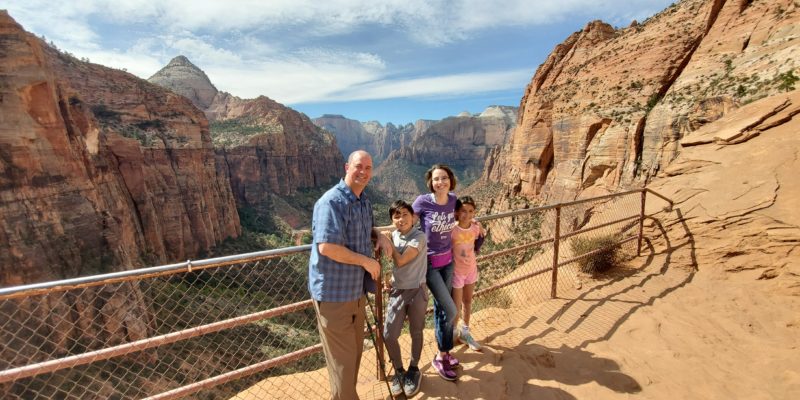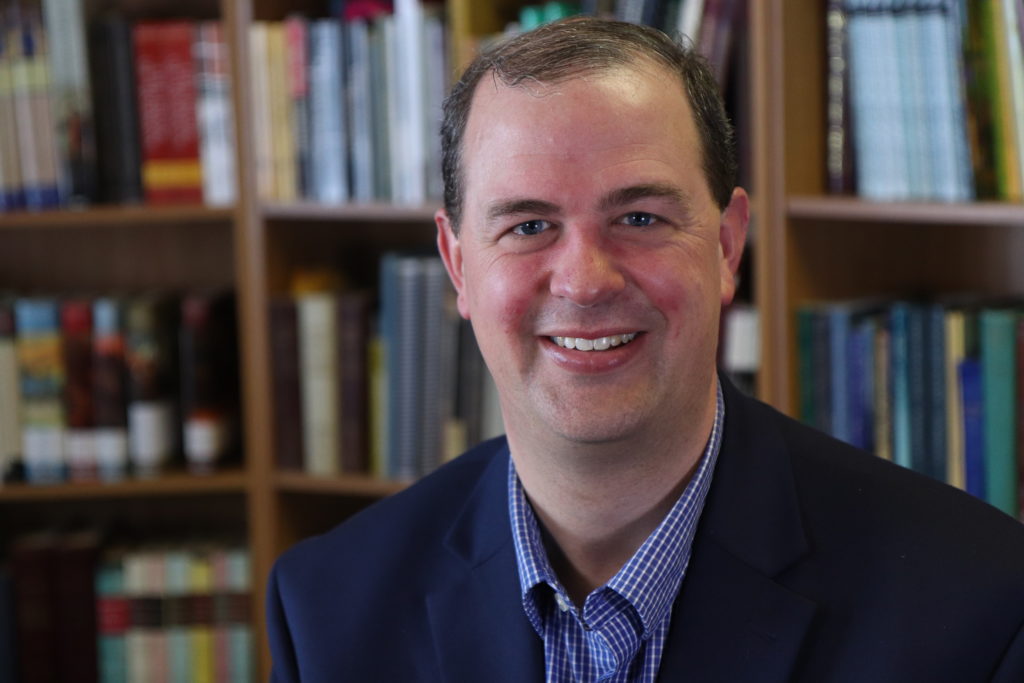Sir Ken Robinson, in this TED Talk on Changing Education Paradigms, provides a compelling explanation of how our education system, based on an industrial era model, seriously curtails the development and expression of traits and skills that are key to what it means to be human: creativity.
Big questions to explore. What is creativity? Innovation? How do you teach these skills? How do you design settings or learning experiences that foster the learning and application of innovation and creativity?
I use this video at the beginning of the semester with all of my History of Creativity classes. Of course, invariably, throughout the semester, I’m called on the carpet by students for not fully enacting Robinson’s vision. I admit. Given the current structures and traditions of education, it is very difficult to teach, to design learning experiences, and to convince learners to learn, in ways that will capitalize on humans’ unique ability to be innovative and creative.
I should point out, for those who may not remember history that well, that industrial revolution happened TWO centuries ago. Why are we still using an educational system from 1800s? Why can’t we create an education system for the 21st century? Why is the education system so deeply entrenched in 1800s modes of thinking and acting? No other profession could be taken seriously today if they were still bound to the rules, regulations, habits of thinking, and traditions of two centuries ago. Who would hire a lawyer today that had been trained in the 1800s? Would that lawyer be qualified and capable to deal with the legal issues of today if they were bound to the traditions of the 1800s? Who would hire, to do a 21st century job, an architect or road builder who had been trained in the materials and methods of the 1800s? No such work would pass the muster of peer review or professional validation, assuming that the peer reviewers were not in the same dilemma of living their lives as if it was still the 1800s.
If such questions seem preposterous, then why in the educational system do we not fully and immediately embrace new ways of teaching and learning that more fully match with what we know now, in the 21st century, about how people learn and which learning environments and experiences are most likely to help people learn?





